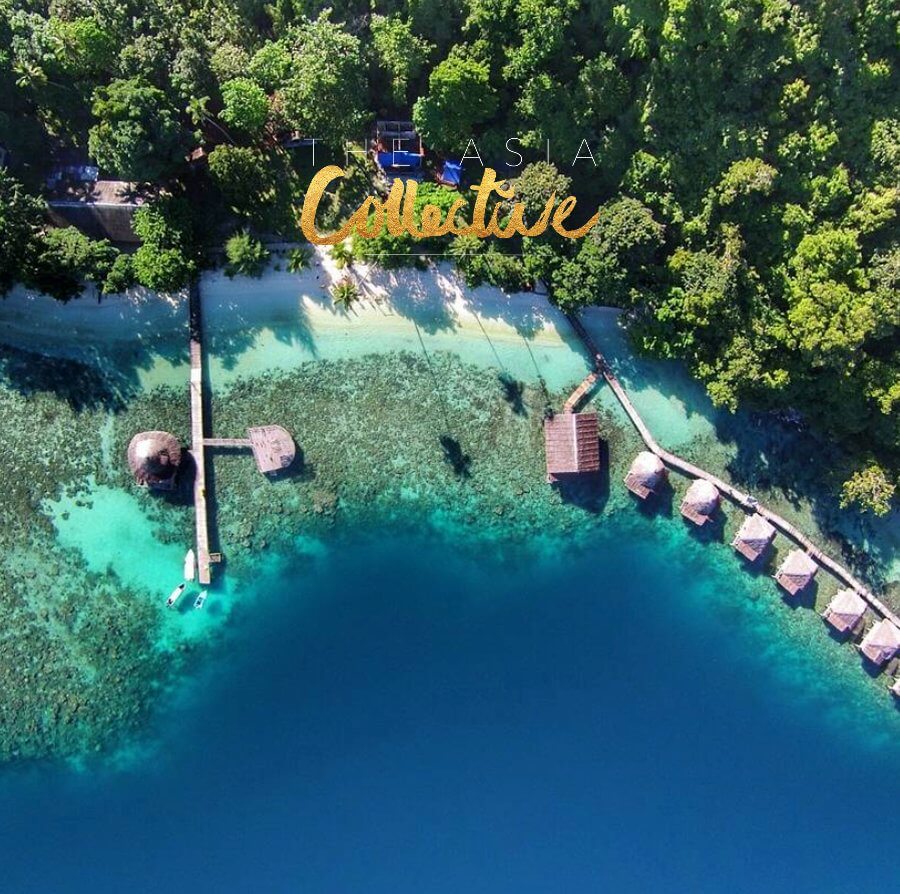The Decline of Scottish Gaelic: A Cultural Snapshot
Scottish Gaelic is in real danger of extinction. A study by the University of the Highlands and Islands suggests the language is “in crisis”, with everyday use “at the point of collapse”.
Gaelic (pronounced “Gallic”) is closely related to Irish. It was brought to Scotland by Irish settlers in the fourth or fifth century and was the country’s principal language until the tenth century. Over the centuries, it has retreated north and west, with its heartland now located in the Outer Hebrides, a group of islands off Scotland’s west coast.

The study shows that only 11,000 people now speak Gaelic regularly, most of whom are 50 and over. Even in the Outer Hebrides, only around 45% of people speak the language. According to Conchúr Ó Giollagáin, professor of Gaelic Research at the University of the Highlands, this may represent a tipping point, beyond which everyday use will vanish. “The decline of the Gaelic community,” he explains, “as especially shown in the marginal practice of Gaelic in families and among teenagers, indicates that without a community-wide revival of Gaelic, the trend towards the loss of vernacular Gaelic will continue.”
Nevertheless, there have been recent hopes of a revival. The TV hit Outlander, which is largely set in the 18th-century Scottish Highlands, features Gaelic dialogue, including words such as chridhe (heart), caraid (friend), and gradh (love). Additionally, the Gaelic version of the language app Duolingo has proven to be a surprise hit, garnering around 400,000 users.

Despite the recent resurgence in interest, the decline of Gaelic as a living language remains unhalted—this is independent of its presence on road signs in many parts of Scotland and even on emergency vehicles throughout the country. The study is detailed in a new opinion piece, which suggests that resources need to be focused on Gaelic speaking within communities and social situations, alongside formal education, if the language is to survive.
Scotland’s other indigenous language is Scots, closely related to English, contributing words like wee (small), ken (to know), and dreich (dreary). Moreover, Gaelic is not the only European language facing threats; voice-activated technology has also been flagged as a potential danger to Icelandic.





